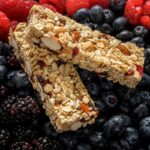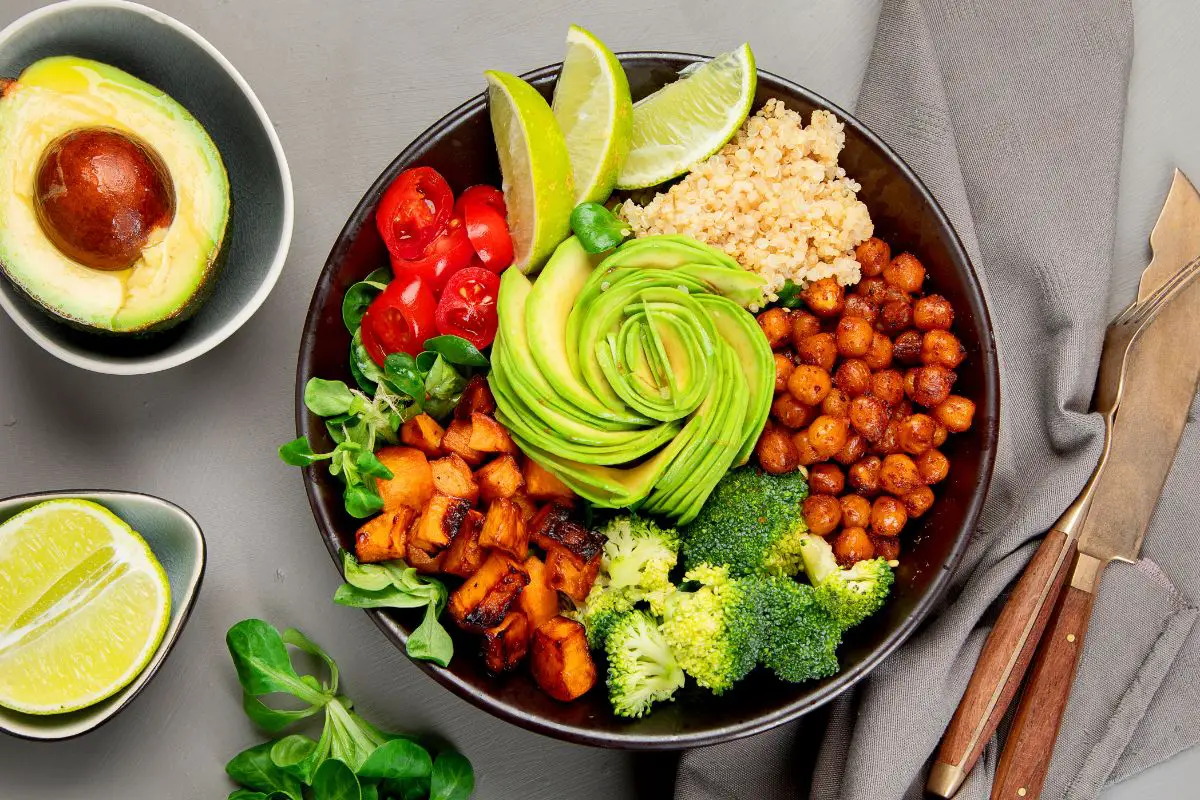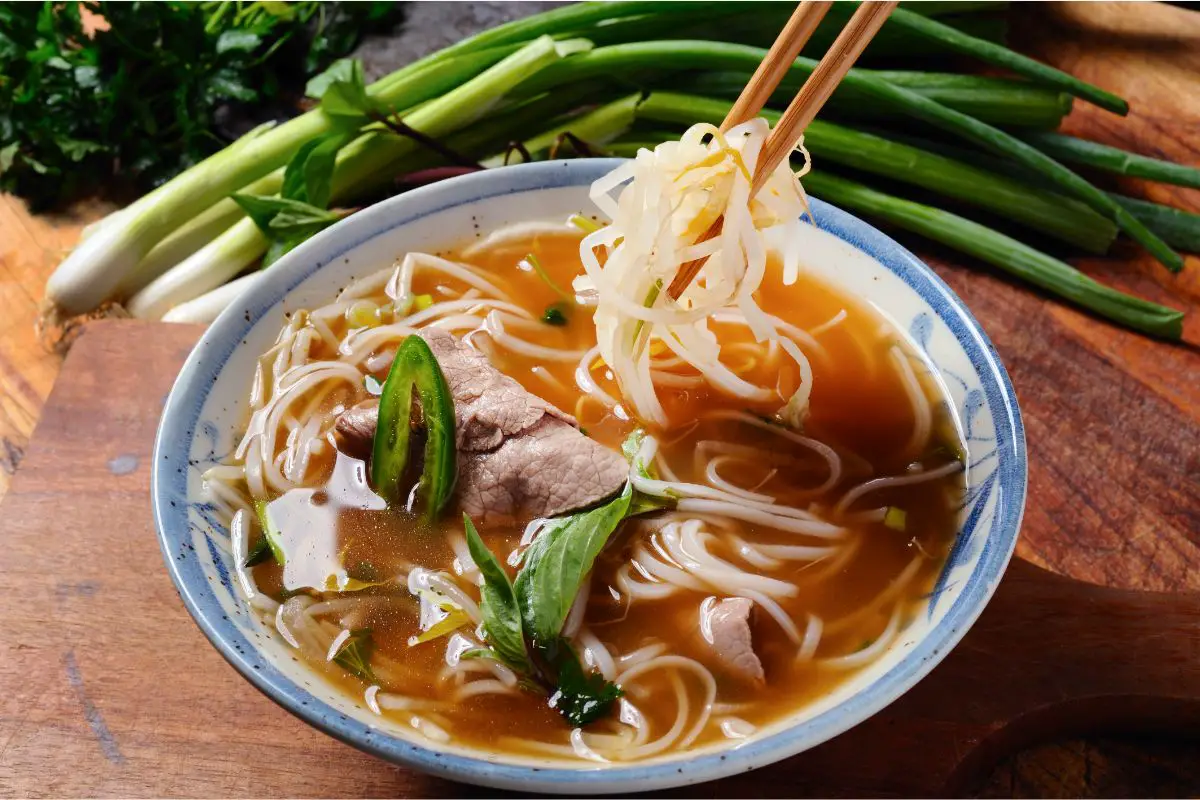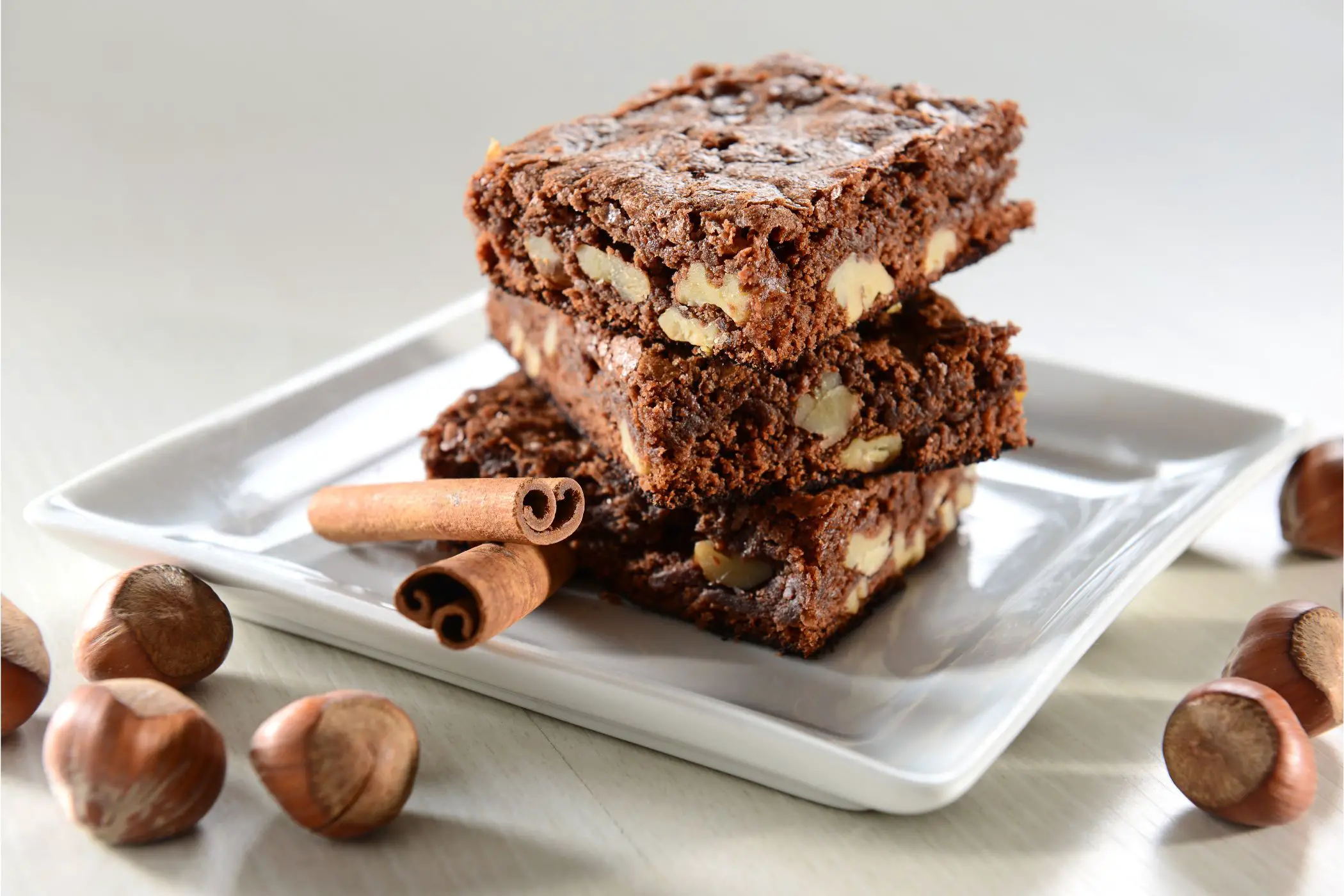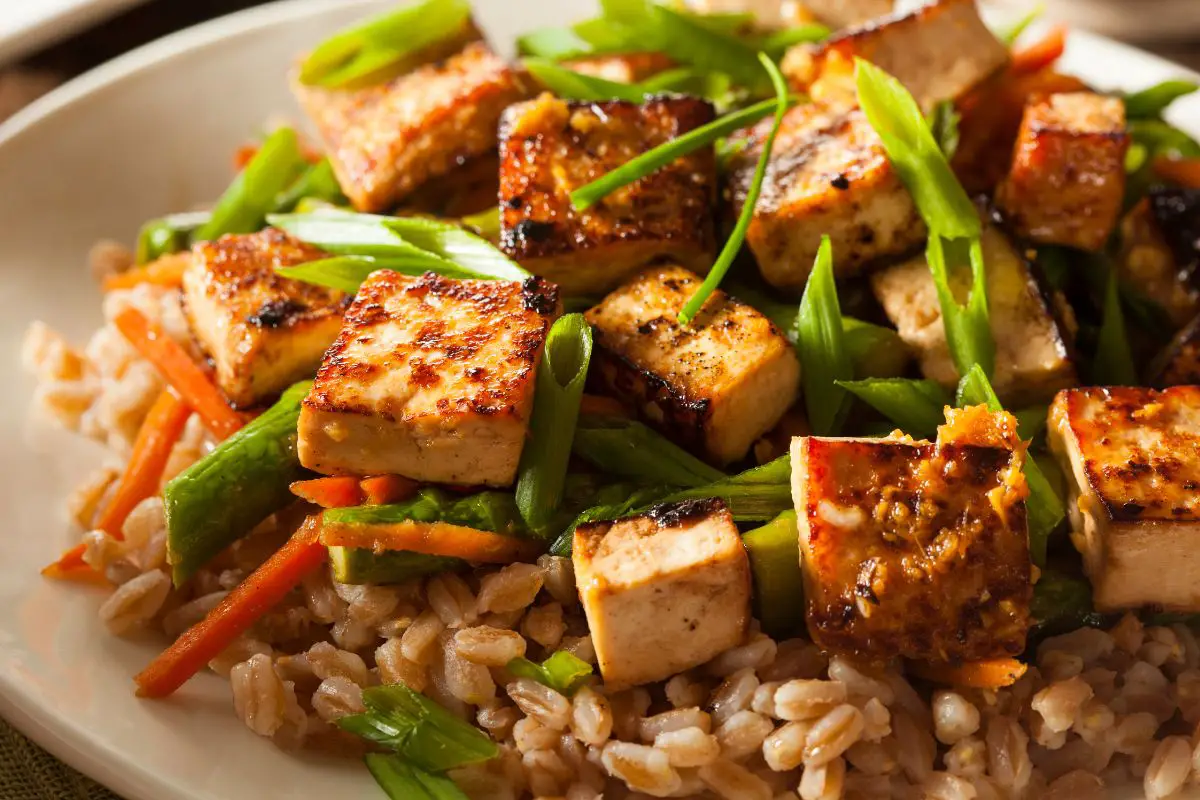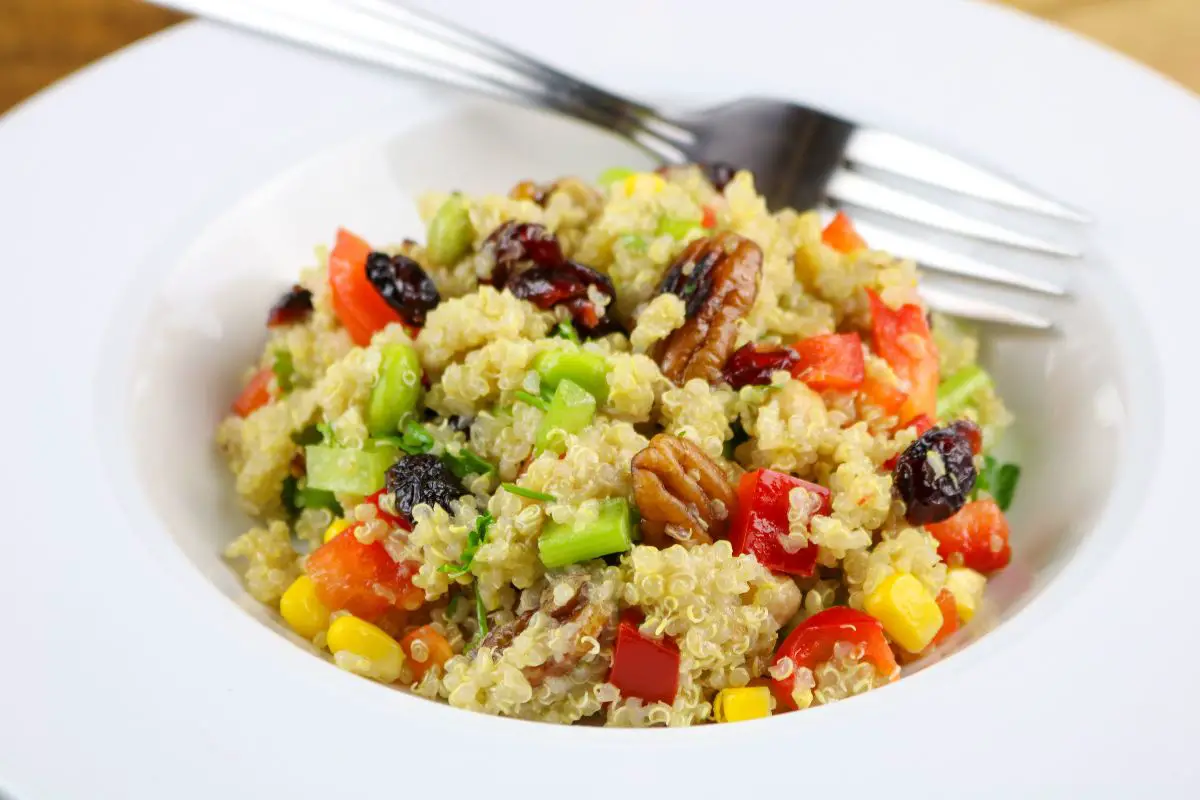Jerky is a highly popular food type that many people enjoy to consume now and then, but some people are unaware that they can make and dry jerky from the comfort of their own home.
When it comes to jerky, there’s so many things you need to know and understand and this can often get a little overwhelming and confusing.
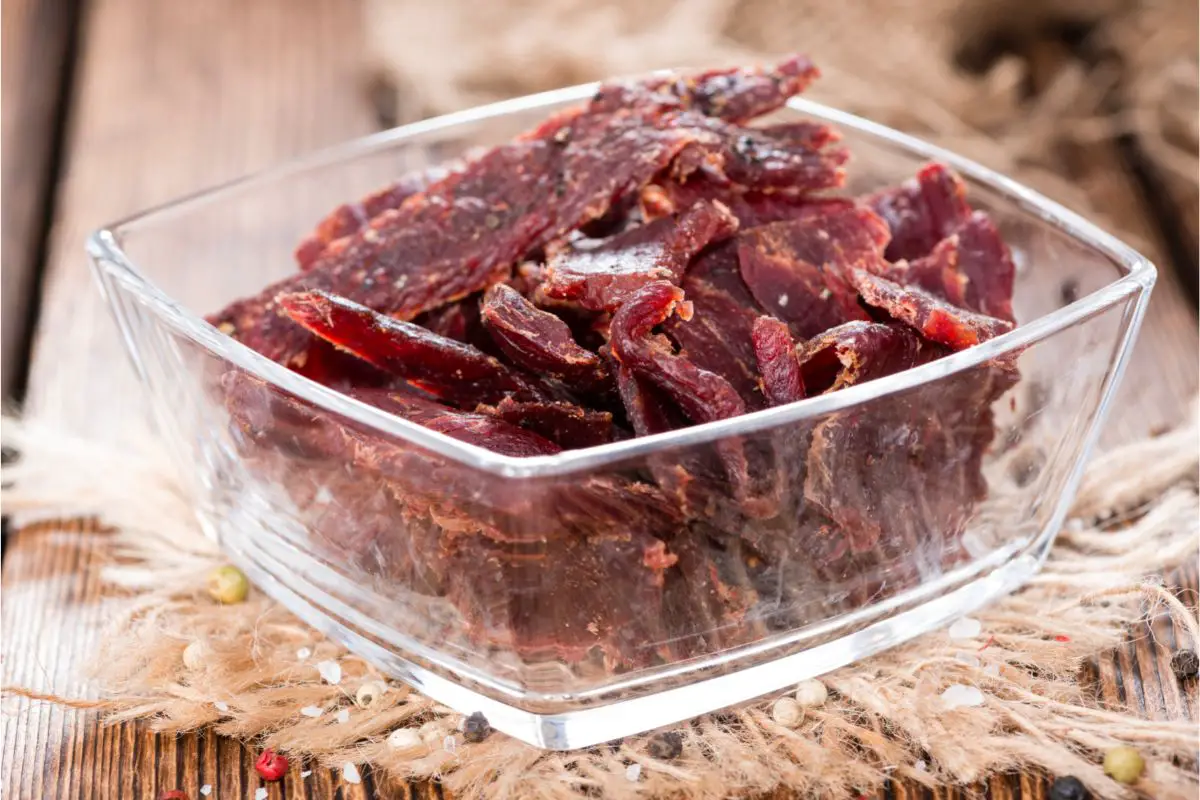
Luckily though, we’ve written this handy guide to help clear up some of the misconceptions, confusion and other questions that you may have.
So, if you’re looking to know more, then read on and learn more.
Standards
There have been recent changes to the expected standards of jerky. Jerky is a very nutrient dense food type that contains a lot of protein – making it very useful as part of a healthy and balanced diet.
It’s lightweight, so you can enjoy it as a snack too. If you were to buy one pound of meat (which is 16 ounces), you will be able to get yourself around 4 ounces of dried jerky.
When you properly dry jerky, you remove almost all of the moisture that the meat contains – and this makes it ideal for stores to have on the shelf and has no need to be placed in the refrigerator.
To correctly and traditionally prepare jerky meat, the drying temperature will be set to 140 degrees Fahrenheit – but the problem with this is that this temperature is not able to destroy potential pathogens within the meat itself.
In fact, these pathogens are extremely potentially dangerous, especially when it comes to pathogens like eColi and salmonella. However, for someone to become ill from this, the following things will need to happen:
- The meat itself will become infected with the pathogen (the microorganism)
- This pathogen then manages to survive throughout the creation process
- Someone then eats the contaminated jerky
Jerky can be declared as safe to eat but only when the meat has been heated through enough for the pathogen to be destroyed. After this, it must be dried enough to be considered shelf stable.
This is important because the jerky can then sit on the shelf inside a store and not promote bacterial or microbial growth – making it safe from contamination.
What Is The Dryness?
When we talk about dryness, we are referring to a measurement which is known as water activity.
This is the area that is important because the more water activity, the more likely it is for bacteria to grow and therefore it cannot be considered safe to eat.
What Equipment To Use
Generally speaking, electric dehydrators are the best you can use to completely dry out jerky, however ovens are okay to use as a secondary option.
One of the biggest misconceptions that we have seen from people is that they believe it is okay to dry jerky in the sun – but this is simply not true.
This is because when you are using an oven for example, you will have set it to a specific temperature which remains the same.
The sun is essentially untrustworthy because you cannot be sure of the temperature and it will not remain the same throughout the duration of the drying process – or at least, it will be extremely difficult to know if it is.
While you could decide to use a home dehydrator, you should be aware that it is extremely difficult to maintain the correct temperature for the drying process.
Of course, while it is true that there are many home dehydrators that will be effective, many can fluctuate.
Indeed, some home dehydrators shoot up to the appropriate temperature but then they can quickly dissipate and fluctuate, almost as much as 40 degrees in some instances.
Here’s some of the key information you need to know about the equipment:
Dehydrator
You should use a dehydrator that has a thermostat control that can increase to around 150 degrees Fahrenheit.
The jerky meat must keep a temperature of between 145 degrees Fahrenheit and 155 degrees Fahrenheit in order to be considered safe.
It’s never a good idea to choose a dehydrator that does not have a controllable temperature, as it really is difficult to know where the meat is at in terms of temperature – and therefore safety from pathogens.
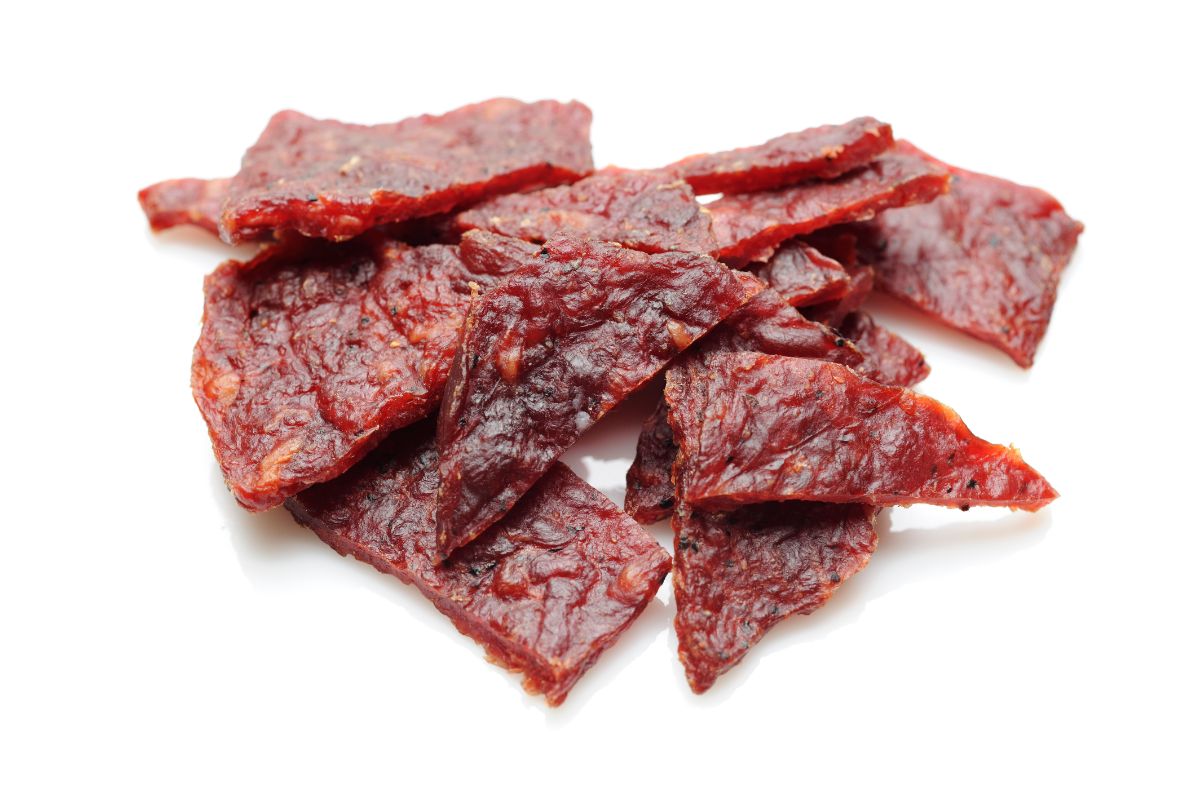
Oven
As we said, a secondary option for drying jerky meat is an oven and this can work reasonably well.
However, it’s worth pointing out that the drying process for jerky using an oven can take up to as much as three times the amount of time over a dehydrator.
The only reason for this is because ovens do not have a regular air flow which can help to remove the meat’s moisture.
It’s really important that if you decide to use an oven for drying your jerky meat, you need to first preheat the oven and then take a temperature reading of the preheated oven. You should do this regularly for an hour.
The oven should be able to maintain a temperature of between 145-155 degrees Fahrenheit throughout the duration of the drying process.
If the temperature climbs too high, the meat becomes solid and due to its shell like structure, moisture cannot escape.
Conversely, if the temperature is not high enough, the meat won’t be able to dry quickly enough and will simply go bad.
Thermometer
Currently there are two types of thermometers you could buy which are good for instant readings. One is dial and the other is digital.
While both are fine for measuring the oven’s temperature, you need to get a thin tipped digital thermometer for measuring the meat.
You likely won’t be able to find this type of thermometer in your traditional stores, so you may need to head to a speciality store to find one.
Selecting Your Meat
You should be sure that you choose lean cuts which are considered in excellent condition. This is a very important point because meat that is fatty or of a lower quality is much more likely to expire throughout the process quickly.
Let’s take a look at some of the meats that you might decide to choose.
Beef
If you decide to use beef, choose a lean cut. You could opt for chuck, rump, sirloin, round or flank which all work well.
Game
Most game meats are fine to use. In fact, really great game meats that you can use are elk, antelope and venison – and any cut type will work.
It’s important that we note at this point that you should avoid using meat such as bear or cougar – and this is because they are prone to contain a parasite known as trichinella and this can make you really sick.
It’s also difficult to destroy convincingly.
Some people think freezing or using vinegar will work to kill off this parasite, but in reality it’s pretty difficult to tell without using lab equipment.
Ground Meat
Ground meat is fantastic, just be sure that you use 93 percent lean for your jerky.
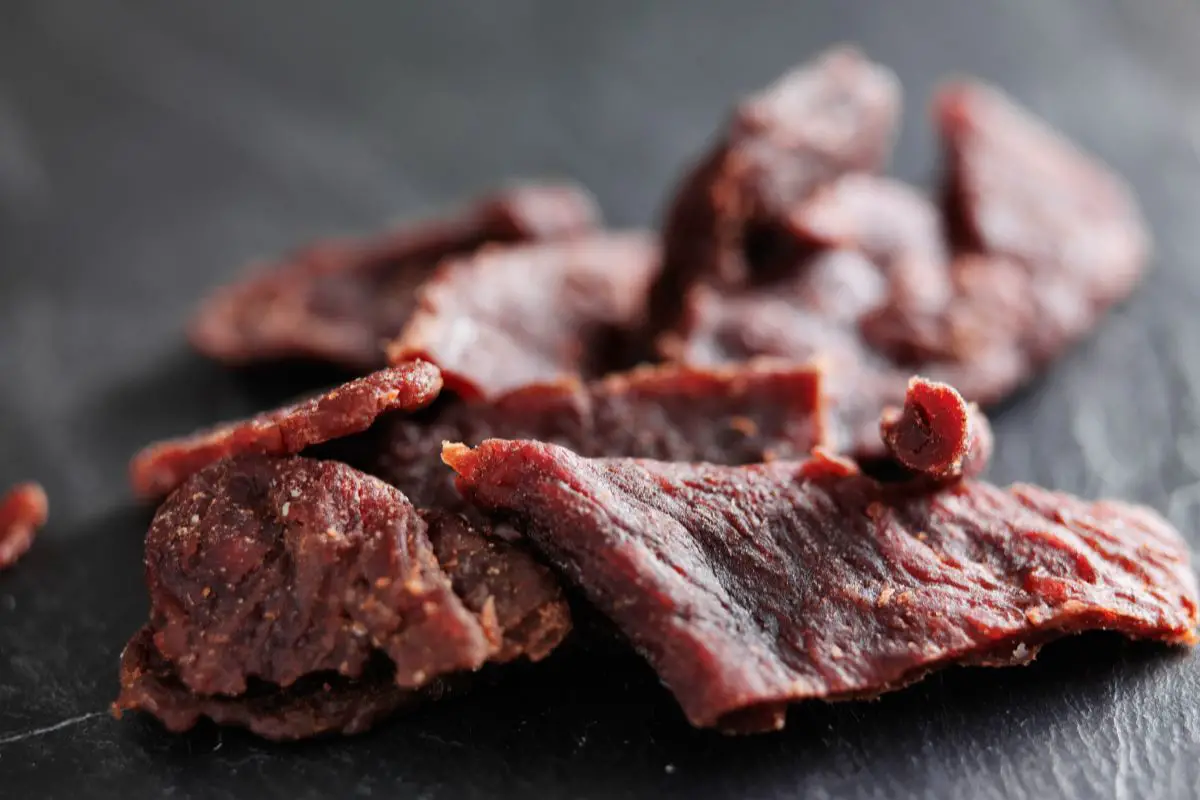
Poultry
Poultry is okay to use, but you’ll want to be using breast meat if you want effective jerky. Thigh and leg can be okay for an alternative, but choose breast meat first.
Similarly, you may decide to choose rabbit rather than poultry, and there are some characteristics that they share for jerky. Make sure that before you dry it though, you take off all the skin and fat.
Fish
If you opt for fish, you need to select non-oily fish. As we spoke about earlier, high fat content can quickly lead to the meat becoming spoiled and expire during drying.
While fish like trout and salmon can be fatty, they’re probably your best option when it comes to jerky meat. Be sure that you store your fish correctly before too, because fish can very rapidly expire.
Handling The Meat
As with any food handling, you need to make sure that you’re being safe and being very cautious with everything. Ensure that your hands are clean before you begin and try to wear plastic gloves for raw meat.
To avoid pathogens and cross contamination, you need to wash your hands regularly and clean surfaces regularly with warm water and soap. It’s also wise to sanitize the areas even more by using bleach and water.
Preparing The Meat
It’s also important to know how to properly prepare your meat products safely and properly.
Whole Meat Jerky
If you freeze the meat, it makes it much easier to slice it, particularly if you use moisture proof paper or a type of plastic. It’s also important that you use a sharp knife.
While you have firm meat, you need to slice it into thin and long strips (1 inch by 5 inches). If you slice the meat along the grain, you will end up with chewy jerky. However, if you slice the meat across the grain – the jerky will be tender.
However, in any case – be sure to remove all visible fat, gristle and connective tissue that is present on the meat.
Ground Meat Jerky
Normally you will prepare this meat by mixing the ground meat with salt and pepper or other spices. Salt is important though as not only does it give the meat more flavor, but it also binds together the strips.
When cutting, be sure to cut them into strips about a quarter of an inch thick. You may decide you want to purchase a jerky gun which could help you get the desired effect much quicker.
How Do I Know When The Jerky Is Dried?
Correctly dried jerky will be like a leather texture and will be chewy. If you want to test to see if the meat is dried enough, it’s a good idea to take a strip from the oven and then allow it to cool.
After a moment, bend it. If the jerky is dried enough, it will crack but it won’t break. There should also be no damp spots visible on the jerky.
Packaging
Once you have properly conditioned the jerky for a few days, it will then be time for you to properly package and store the jerky.
After you are certain that every other step has been fully completed and the jerky is definitely safe to consume, then use an airtight, dry container or mylar bags.
Whatever you decide to choose, it’s imperative to keep the jerky away from open air and other contaminants.
Final Thoughts
Jerky can be a fantastic snack to consume as part of a healthy and balanced diet, but it’s important that if you are going to make your own – you know the safest possible way to do it.
- How To Make A Paleo Detox Smoothie: Berry Cherry Green Edition - April 18, 2023
- How To Make Spicy Paleo Paprika And Thyme Veggie Fries - April 18, 2023
- 15 Mouthwatering Keto Apple Recipes You Need To Try Today - April 18, 2023

